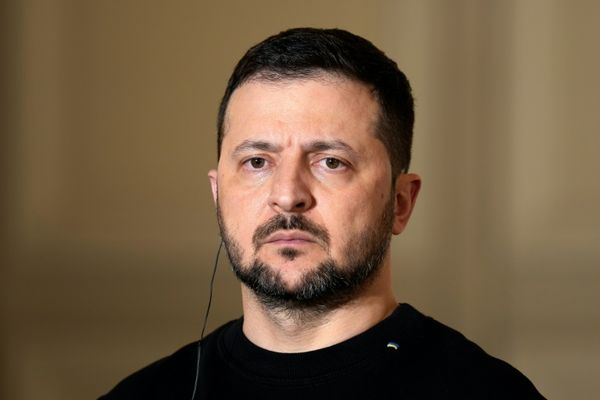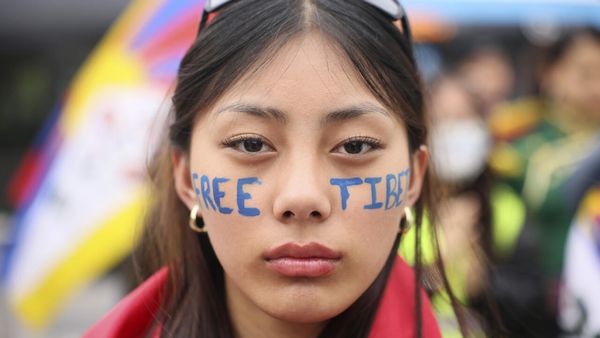
Educators welcomed the $40.4 million budget injection for schools in central Australia as “a start” but said it was no match for “the most challenging” schooling circumstances in the country.
The money will be divvied up between 46 government and non-government schools, meaning each school is likely to get less than $1 million each.
“For context, it costs us $650k a year just to run our buses,” principal of the community-controlled primary and secondary school Yipirinya, Gavin Harris, told Crikey. “So while that’s a great chunk of money which is really welcome, ultimately it’s the cost of us running our buses for a year.”
The federal government said the money will be delivered over two years and it was aimed at “[improving] school attendance and education outcomes”.
The funding is part of a $250 million package for central Australia which a press release said was meant to “improve community safety, tackle alcohol-related harm, and provide more opportunities for young people”. The rest of the money will go to projects related to infrastructure, healthcare, enhancing digital connectivity, justice initiatives and youth services.
Harris said a one-off $40 million payment focused on key criteria like enrolment and attendance was unlikely to make lasting change.
“You want certainty around resourcing and running the programs required in school and a lot of that is doing stuff that is not directly attached to education and learning,” he said. “There is a lot of additional spending required around infrastructure, not just in the school, but also in the community.”
Harris pointed to universal barriers for education in central Australian schools — including trauma and low attendance — that he said needed to be addressed with a holistic approach.
“If you do a program through that holistic lens, the community responds really quickly,” he said, noting Yipirinya’s Happy Heart Hub.
The one-year old program — a “blending of the Aboriginal world and non-Indigenous world” — has grown from a team of one to 11, and has successfully tripled enrolment from 106 kids to more than 300 by providing holistic support for students and their families.
Jane Vadiveloo, CEO for Children’s Ground, a First Nations organisation led by First Nations communities, wants to go a step further with funding to extend to an alternative First Nations’ system of education.
“When we privilege the expertise in the community of First Nations educators and create an environment that is designed through cultural identity and practice, kids and families engage,” Vadiveloo said. “We have the evidence through engagement of kids in on-country learning.
“While I think those mainstream schools absolutely need this money and do need a booster, it’s disappointing that the allocation of funding is going to mainstream schools.”
Australian Education Union federal president Correna Haythorpe welcomed the funding: “While $40 million may not be much compared to other federal budget commitments, it’s important that we’re clear about what it represents: full funding to 100% of the schooling resource standard in the region.
“That funding will help deliver more teachers, more education support staff, and more one-on-one individual attention for students.”
But the $40 million “can’t be the only step”.
“The Northern Territory has the highest level of student need; 44% of students are First Nations and 26% of students have a disability and receive educational adjustments.
“However, right now the education of one in five public school students in the Northern Territory is effectively unfunded. It’s one in 10 public school students across the nation. That is a national shame.”
Greens schools spokesperson Penny Allman-Payne said governments on both sides of politics had failed to deliver on the recommendations of the Gonski review, which mapped a pathway to creating an equitable school funding system in 2012.
“Eleven years later, governments on both sides haven’t done it and haven’t delivered,” she said. “So we still have a situation where we have a large majority of private schools are overfunded according to the SRS. We’ve got a generation of kids who’ve missed out on full school funding.”
Allman-Payne said a lot was unclear about how the funding would be used: “The funding is only for two years, and normally national school reform agreement funding runs for four years, so this is a drop in the ocean of what’s required.”
Opposition education spokesperson Sarah Henderson said the Coalition supported the central Australia package: “We continue to call on the government to match the Coalition’s commitment to fund boarding facilities at Yipirinya School … which are urgently needed to ensure more students in very difficult circumstances can attend school.”







